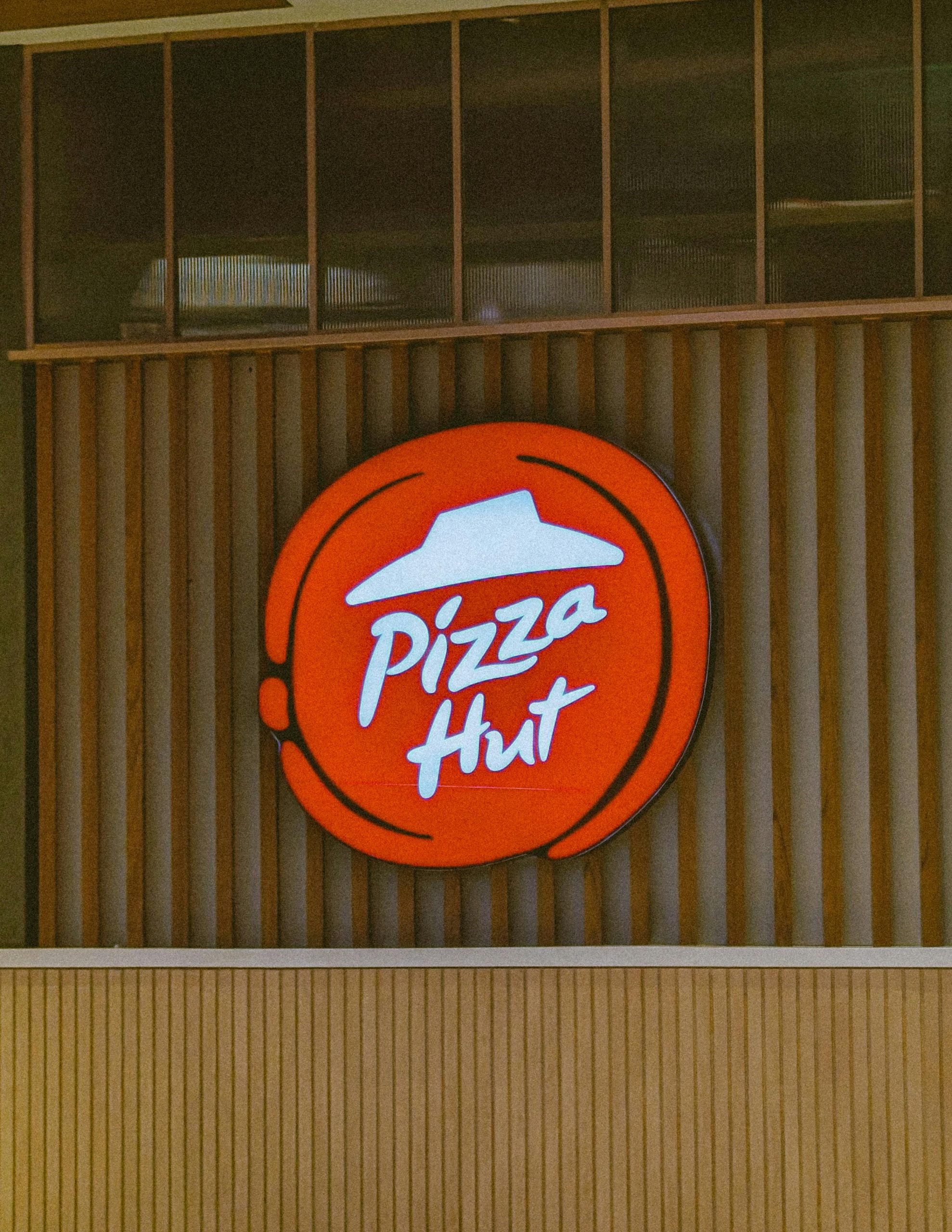In the face of rising food and labor costs, many restaurant chains have made a difficult choice: raise menu prices or cut costs in the kitchen. An increasing number of brands have opted for the latter, a practice customers have dubbed “skimpflation.” They quietly switch to lower-quality ingredients, hoping diners won’t notice the change in taste or texture. This strategy, however, often backfires, as loyal customers with discerning palates quickly detect the decline in quality and take to social media to voice their disappointment.

1. Subway
Subway has faced numerous accusations of skimpflation over the years. In 2024, many customers reported that the chain’s new “freshly sliced” meats tasted cheaper and had a more processed texture than the previous versions. This move, intended to streamline operations, left many longtime fans feeling that the quality of their favorite sandwiches had taken a significant hit.
2. Pizza Hut
Once known for its generous toppings and cheesy crusts, Pizza Hut has been criticized for cutting back on ingredients. Customers frequently complain that their pizzas arrive with less cheese, fewer toppings, and a thinner layer of sauce. These cost-cutting measures are particularly noticeable on their popular pan pizzas, leading many to feel that the chain is no longer delivering the value it once did.
3. Chipotle
Chipotle built its brand on offering high-quality, fresh ingredients. Today, they have not been immune to skimpflation. Customers and employees alike have reported that the company has reduced portion sizes for key ingredients like meat and guacamole. This forces customers to pay extra for a standard serving. This subtle reduction allows the company to maintain its menu prices while giving customers less food for their money.
4. Panera Bread
Panera has undergone significant menu changes that many customers feel have resulted in lower quality. The chain has been criticized for switching from freshly cracked eggs to pre-cooked egg patties in its breakfast sandwiches. Customers also note they use fewer premium ingredients in its salads and sandwiches. These changes, aimed at improving speed and efficiency, have led many to believe Panera is sacrificing the quality that once justified its high prices.
5. Olive Garden
The Italian-American chain known for its generous portions has also been accused of downgrading its ingredients. Diners have noted changes in the quality of the chicken in dishes like the Chicken Parmigiana, describing it as having a more rubbery or processed texture. While the famous breadsticks and salad remain popular, perceived declines in the quality of their main entrees have disappointed many regulars.
6. Buffalo Wild Wings
Fans of Buffalo Wild Wings have complained that the chain’s signature chicken wings have gotten smaller and more expensive. The company has also faced criticism for changing the recipes of some of its popular sauces and for using lower-quality cooking oil, which affects the taste and texture of its fried foods. These changes suggest a focus on cost control over maintaining the quality that built the brand.
7. Taco Bell

Taco Bell has long been the king of value, but it has made several changes that customers see as a decline. The chain has been criticized for reducing the amount of ground beef in its tacos and burritos and for using more fillers like rice and beans. While its prices remain low, many feel that the value proposition is diminished when the core ingredients are so noticeably scaled back.
8. Applebee’s
The casual dining chain has faced accusations of relying heavily on pre-made, microwaved ingredients to speed up service and cut labor costs. Customers complain that many of the dishes taste like frozen meals rather than fresh restaurant-quality food. This reliance on cheaper, pre-packaged ingredients has damaged the brand’s reputation.
9. Popeyes
After the massive success of its chicken sandwich, Popeyes experienced supply chain challenges. In the years following, some customers have reported a decline in the consistency and quality of its chicken. Complaints include smaller pieces of chicken, inconsistent breading, and changes in the flavor of its sides, suggesting that the pressure of rapid growth has led to compromises in the kitchen.
10. Burger King
Burger King has struggled to compete with McDonald’s, and some of its cost-cutting measures have been noticeable to customers. The chain has been criticized for reducing the size of its beef patties and using lower-quality produce. These subtle changes can make a big difference in the overall taste of a classic item like the Whopper. This leaves customers underwhelmed.
The True Cost of Cutting Corners
“Skimpflation” may seem like a clever way for restaurant chains to protect their profit margins, but it is a dangerous gamble. It erodes the trust of loyal customers, who are often the first to notice when their favorite dish no longer tastes the same. In a competitive market, sacrificing quality is a short-term solution that can cause long-term damage to a brand’s reputation.
Have you noticed a decline in quality at your favorite restaurant chain? Which brand’s changes have disappointed you the most? Let us know!
Read More
7 Restaurant Chains That Quietly Closed Dozens of Locations
8 Casual Eats That Are More Addictive Than Fast Food
The post 10 Restaurant Chains That Switched to Cheaper Ingredients appeared first on Grocery Coupon Guide.







